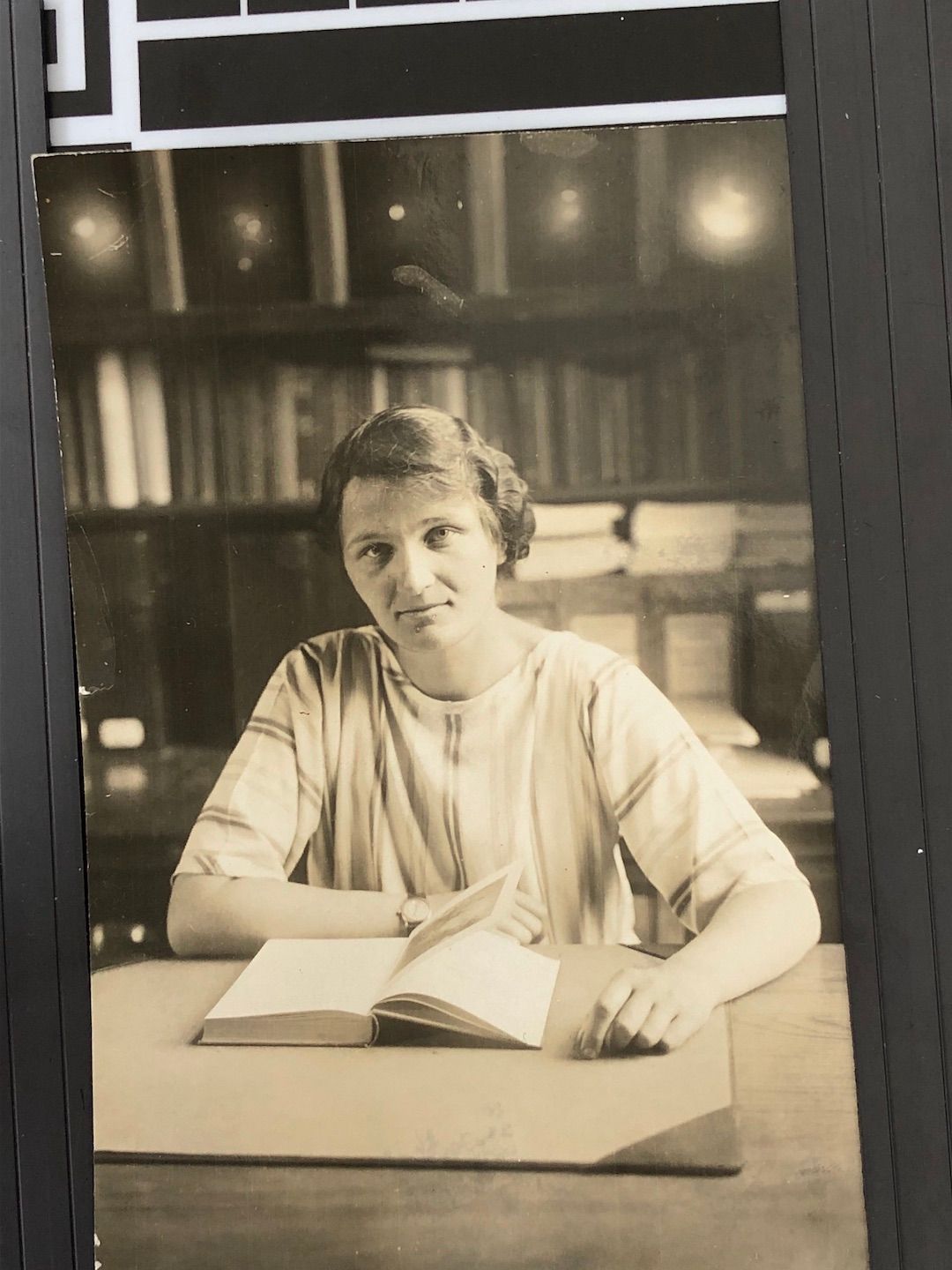Nantucket Maria Mitchell Association Astronomers to Travel to Largest Ground-based Optical Telescope in the World for Research
NANTUCKET, MA — In mid-December, the Nantucket Maria Mitchell Association (MMA)’s astronomy staff will be travelling to the site of the largest ground-based optical telescopes in the world, the Keck Observatory, located on the Big Island of Hawai’i. The MMA’s National Science Foundation (NSF) astronomy post-baccalaureate research fellows, Emmy Wisz and August Muller, will be travelling to the Big Island of Hawai’i to use the famous Keck telescopes to obtain data for their research projects unraveling the mysteries of the universe.
The Keck Observatory is located at nearly an elevation of 14,000 feet, near the summit of Mauna Kea, but is accessed remotely by astronomers around the world who operate the telescopes’ scientific instruments and collect astronomical data. The 10-meter telescopes are essential tools for many research projects, so groups must participate in a competitive process of proposal submission to secure observing time. Wisz and Muller are joining in on observations as part of the Fast and Fortunate for FRB Follow-up (F4) Collaboration and as part of the MANGOES (Multi-wavelength Analysis of Neutral Gas Observed in Emission and Spectroscopy) Collaboration, both international collaborations that were co-founded by the MMA’s Director of Astronomy, Dr. Regina Jorgenson, and funded by grants from the NSF.
The F4 Collaboration is using the Keck telescopes in an effort to probe the cosmic web, to understand what makes up the space between galaxies, and to identify the progenitors of the still mysterious fast radio bursts ̶extremely energetic and brief flashes of radio radiation. The MANGOES collaboration goals are to understand galaxy formation in the early universe by using cutting-edge astronomical technology on the largest telescopes in the world to detect and study the elusive ‘baby galaxies’ – those forming just a few billion years after the Big Bang.
“We are so fortunate to have the support from the NSF grant to be able to send the MMA’s post-bac fellows to Hawai’i to use the largest optical telescopes in the world. It will be the first time for both of them observing with a world-class facility and I’m certain that it will be an experience they will not soon forget!” said Jorgenson.
Stay tuned for updates from their trip, also referred to as an “observing run’”, on the MMA’s social media and be sure to look out for an update in the MMA’s January’s e-comet
The Maria Mitchell Association is a private non-profit organization. Founded in 1902, the MMA works to preserve the legacy of Nantucket native astronomer, naturalist, librarian, and educator, Maria Mitchell. The Maria Mitchell Association operates two observatories, a natural science museum, an aquarium, a research center, and preserves the historic birthplace of Maria Mitchell. A wide variety of science and history-related programming is offered throughout the year for people of all ages.
###
For Immediate Release
November 30, 2023
Contact: Dr. Regina Jorgenson, Director of Astronomy, Maria Mitchell Association
mmosscrop@mariamitchell.org
Recent Posts




